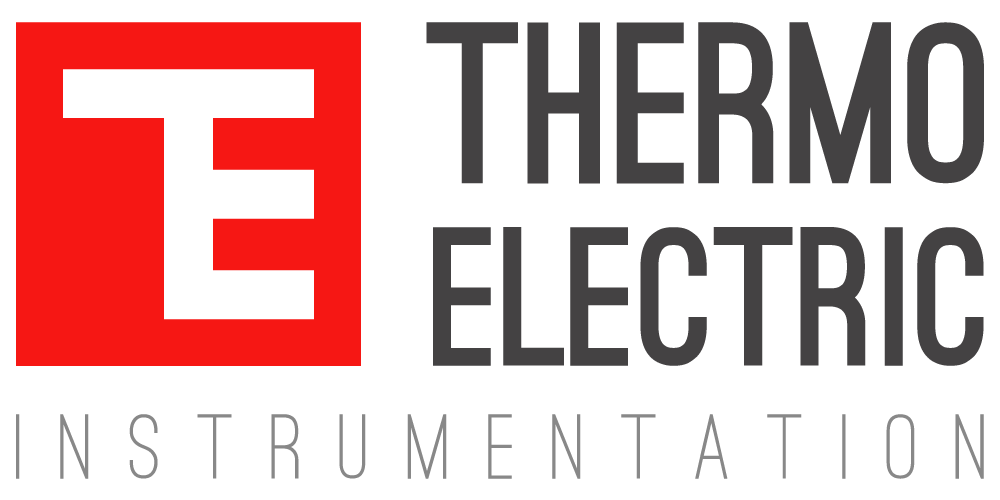In the complex and multifaceted world of industrial processing, temperature remains one of the most widely measured variables. Its significance cannot be understated; it is often a critical factor in the seamless execution of various industrial processes. But why does temperature play such an important role in these industries? And more importantly, how does its measurement, particularly its accuracy and reliability, impact the overall efficacy of these processes?
At the heart of this discussion lies the fact that temperature measurement is not just a routine procedure; it’s the one thing that holds together the delicate balance of process efficiency, energy consumption, and, ultimately, product quality. Consider the intricate processes in the pharmaceutical industry, where even a minor deviation in temperature measurement could spell disaster, potentially ruining a batch of product worth hundreds of thousands. It begs the question: can industries afford to overlook the precision in temperature measurement?
The answer, unequivocally, is no. The consequences of inaccurate or unreliable temperature readings are far-reaching. They extend beyond mere financial losses, often disrupting the very core of a process. This is where the role of temperature sensors, such as Thermocouples and Resistance Temperature Detectors (RTDs), becomes indispensable. These instruments form the backbone of temperature measurement in industrial settings. But how do these sensors ensure the accuracy and reliability that the industries so critically depend on?
The process begins with the selection of the appropriate sensor. Typically, this involves choosing between a thermocouple or an RTD, each with its unique characteristics and suitability for specific applications. The sensor’s role is to accurately capture the temperature, which is then transmitted through a signal conditioning circuit. This circuit, whether it’s a transmitter or a channel of an input card to a Distributed Control System (DCS) or Programmable Logic Controller (PLC), amplifies the sensor’s low-level signal (measured in ohms or millivolts) to a more robust 4-20mA current signal.
But the sensor and the signal conditioner do not work in isolation. They are part of a larger assembly, often combined with field connection heads and thermowell components, known collectively as a temperature system or assembly. These assemblies are meticulously engineered to meet varying degrees of measurement accuracy and stability requirements. Consider the spectrum of precision needed in different applications: while some processes may tolerate a variation of ±11 °C, others demand extreme accuracy, up to ±0.01 °C. The choice of sensor, therefore, is not a decision to be taken lightly.
The long-term stability of these measurements also plays a critical role. For non-critical measurements – for example, where sensors may be required to monitor a general increase or decrease in temperature – a drift of 5.5 °C to 11 °C per year might be acceptable. However, for applications where the stakes are high, a drift better than 0.044 °C per year is imperative. This level of precision ensures that processes run smoothly and efficiently, without the disruption caused by temperature-related anomalies.
But why should industries invest in high-precision temperature measurement? The answer lies in the applications where such precision is non-negotiable. Take, for instance, the pharmaceutical bioreactors, where the entire process hinges on maintaining specific temperature conditions. Or consider the chemical reactors and distillation columns, where temperature plays a key role in ensuring the desired chemical reactions occur as intended. Even in the manufacturing of solid-state components, temperature accuracy is critical to the quality and reliability of the final product.
This is why the importance of temperature measurement in industrial processing cannot be overstated. It is a critical factor that directly influences process efficiency, energy consumption, and product quality. The choice of the right temperature sensor, the precision of the measurement system, and the long-term stability of these measurements are non-negotiable aspects that industries must address. As we reflect on these points, it becomes evident that the role of accurate and reliable temperature measurement is not just a matter of operational convenience but a cornerstone of industrial success.




